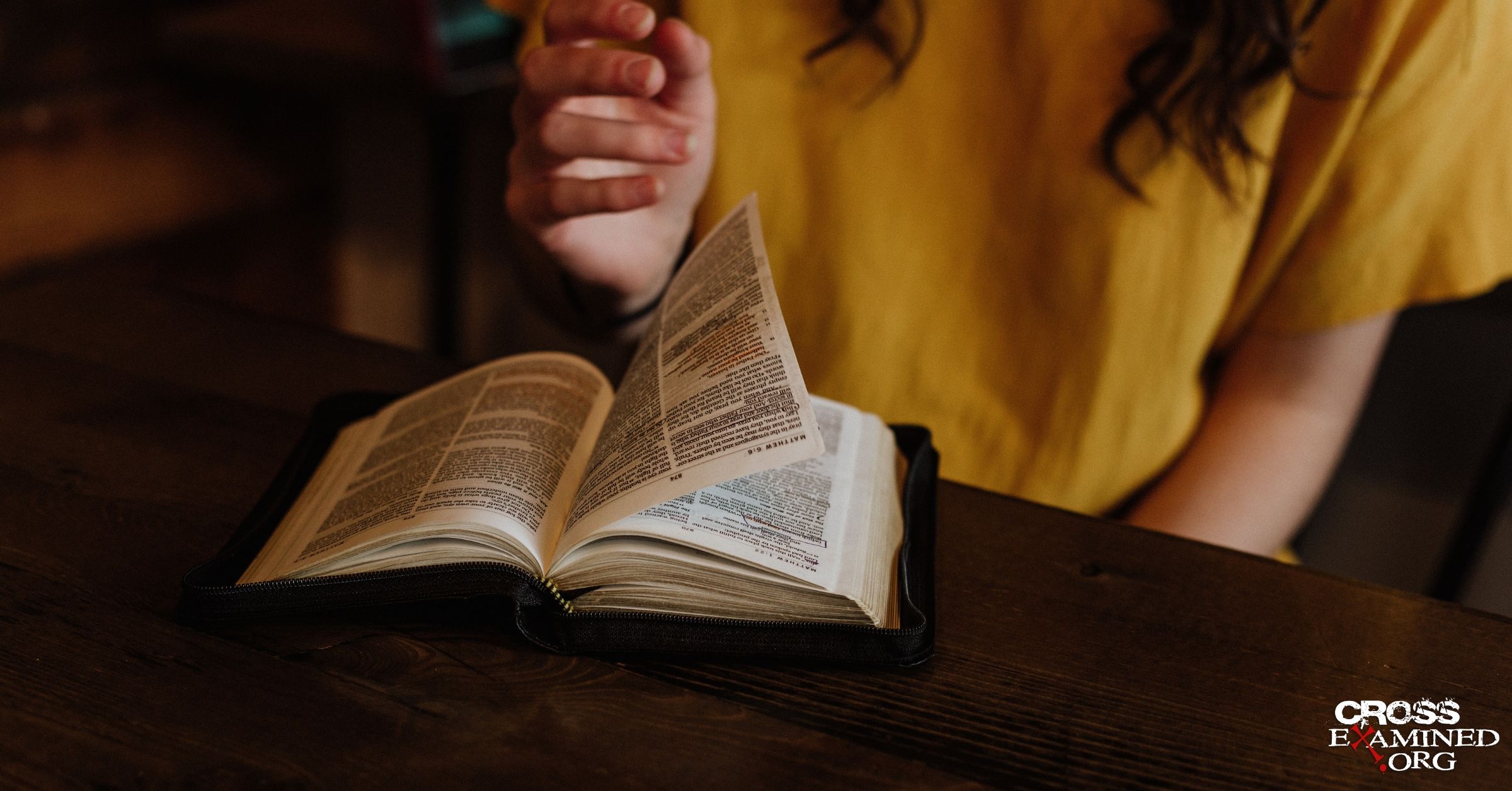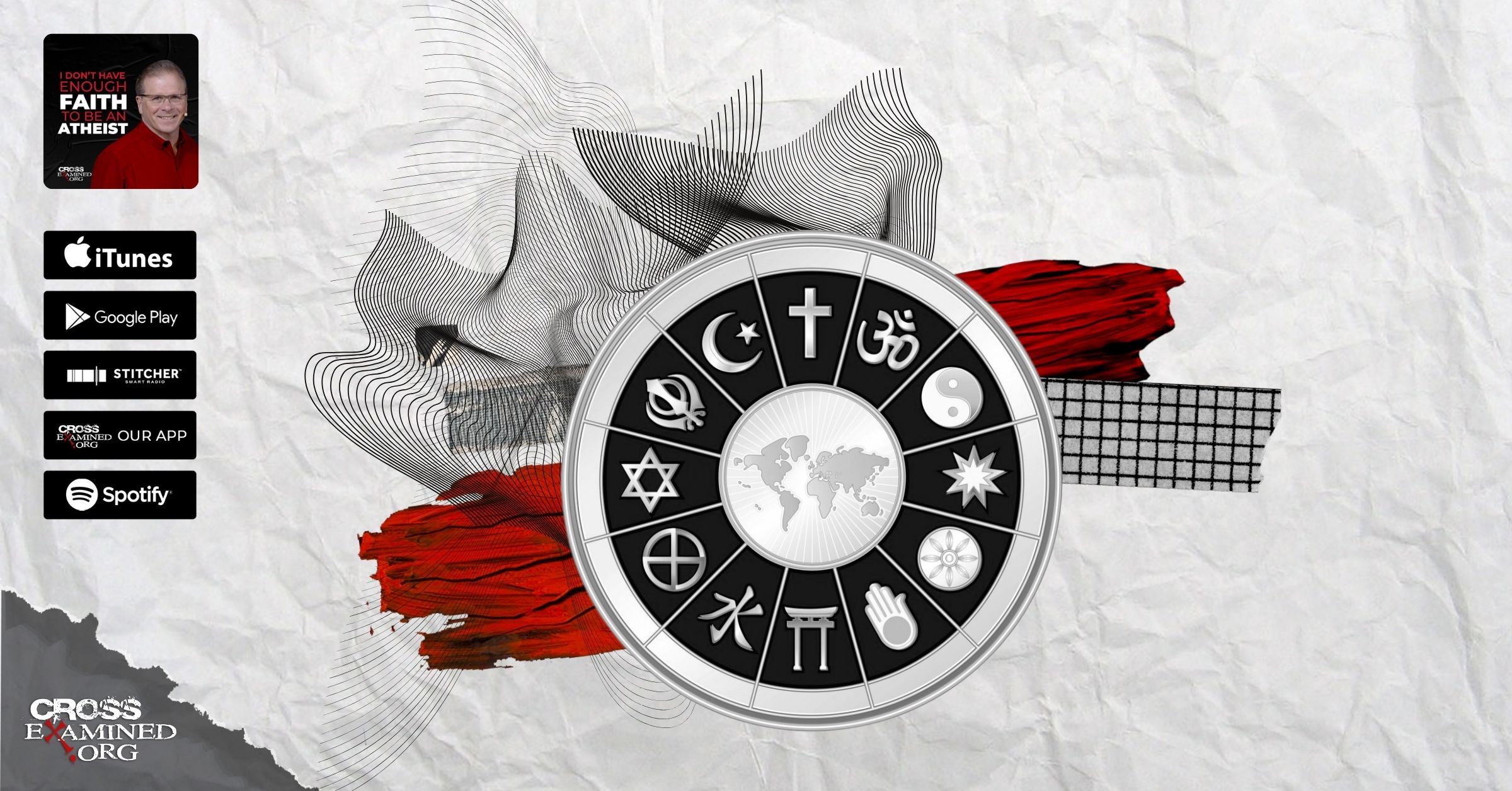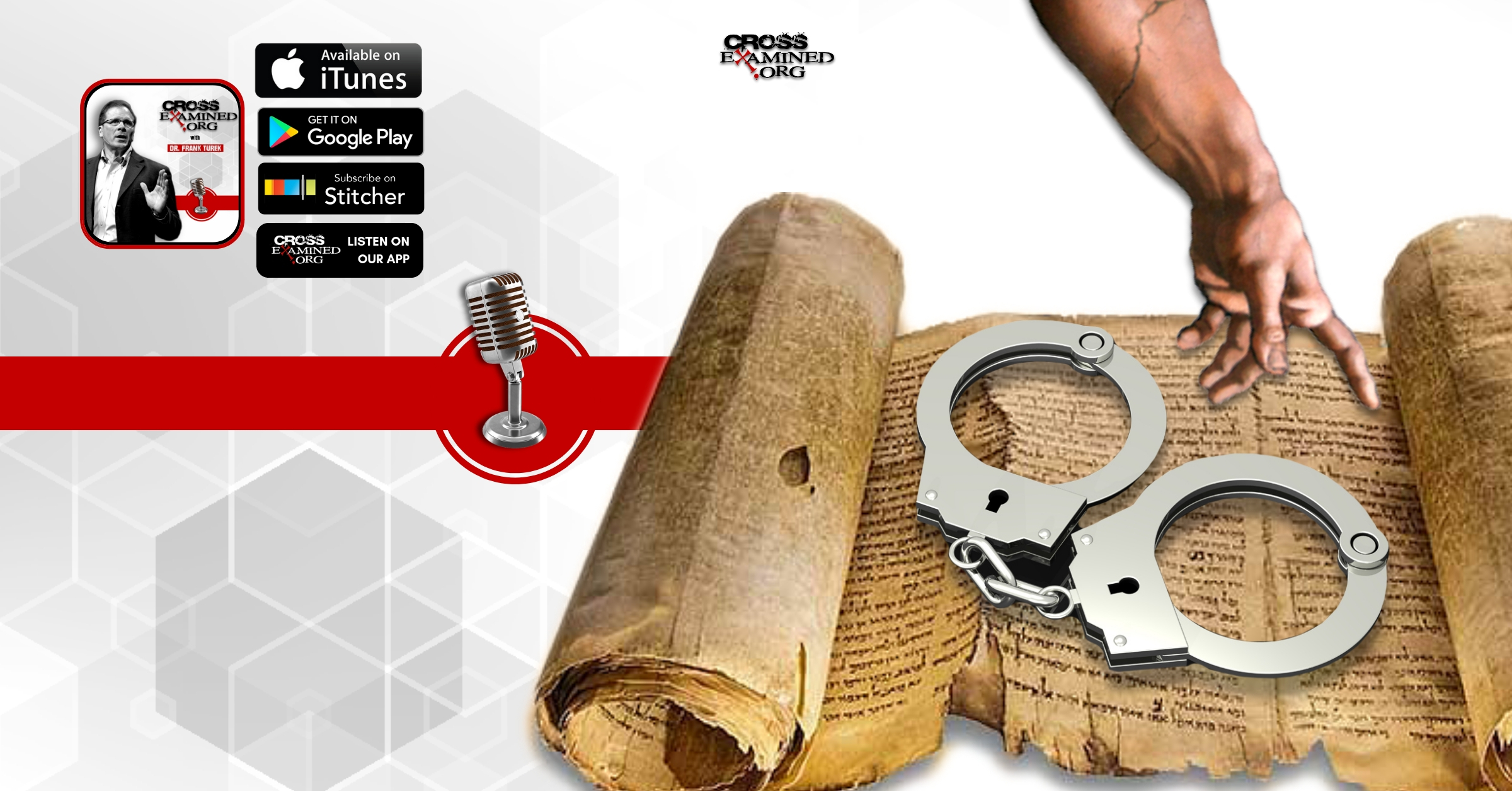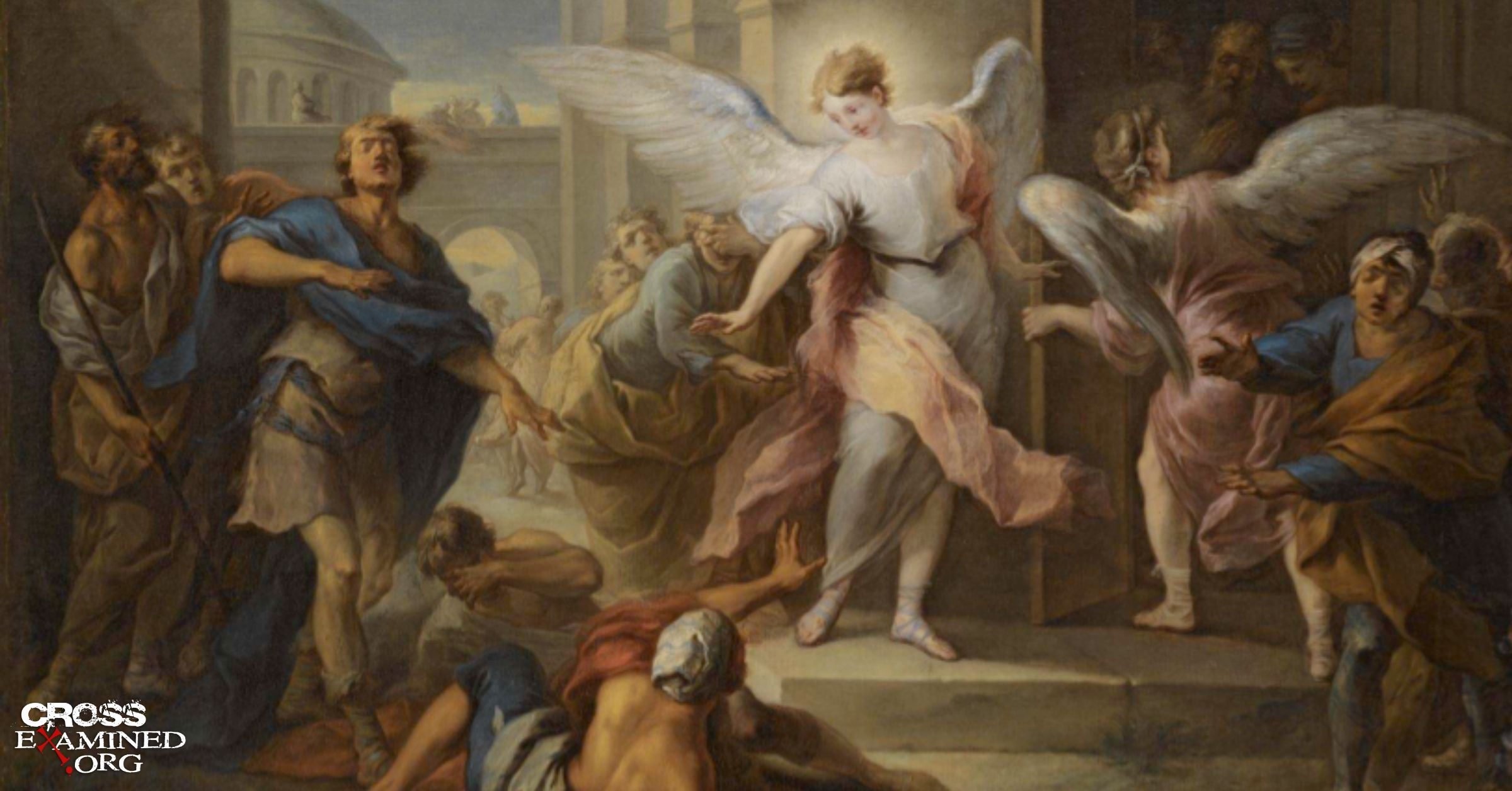Are the Gospels “hopelessly contradictory”?
Critics of Christianity love to compile long lists of alleged contradictions in the gospels to shake the faith of unsuspecting church-goers. One of the more famous of these critics is Dr. Bart Ehrman. Ehrman studied at Princeton under Dr. Bruce Metzger, a respected intellectual heavyweight, and a devout Christian. Sadly, Bart later lost his faith and has since written five best-selling books that are critical of Christianity. Bart’s a force to be reckoned with and is viewed by the media as an authority on the NT and the historical Jesus.
According to Ehrman, the gospels don’t just have minor variations but are “hopelessly contradictory.” But is Bart’s verdict on the gospels warranted?
First of all, how do we define a contradiction?
A real contradiction would occur when two claims contradict each other when one of them must be false, and the other true. For example, the Quran says that Jesus was not really crucified. The four gospels say otherwise, and both can’t be right. The Quran and the Gospels are hopelessly contradictory.
But we know that sometimes the truth is stranger than fiction. We have cases in history where two events have appeared to be contradictory, but those contradictions were only apparent.
For example, who made the public proclamation of the Declaration of Independence in the old State House in Boston on the morning of July 18, 1776? Many accounts said that this proclamation was made by William Greenleaf, while others said that it was by Col. Thomas Crafts. But history now tells us that Mr. Greenleaf suffered from a weak voice. He first read the Declaration while Col. Crafts repeated it in a loud voice for all the crowd to hear. The seeming conflict disappears.
The more historical approach is that you can often resolve apparent contradictions through unstrained harmonization. That’s not a hopelessly unresolvable contradiction. Moreover, what if there is a contradiction that’s inconsequential to the main details of the story related?
Historical examples of this sort can be multiplied. To give one example: There was an embassy of the Jews sent to oppose the execution of Claudian’s order to place his statue in their temple. Philo says this happened in the fall. Josephus says it happened during spring. Both were contemporaries, yet no serious historian doubts that an embassy was sent or that the order was given.
It would take an entire series of posts to address all of Bart’s complaints of contradictions, but let’s pick on a few and see if they are as damning as Ehrman makes them out to be.
Jairus Daughter – Dead Already or Very Sick?
When asked on his blog if there was a “slam-dunk” contradiction that would be impossible to defend, Bart’s reply was this: “I don’t have one that is a slam-dunk. But there are dozens that are pretty good. Here’s one: Jairus came to Jesus to ask him to help his daughter: was the girl dead already and he wanted Jesus to do something about it? Or was she very sick and he wanted him to heal her before she died? (See Mark 5:21-43 and Matthew 9:18-26) I don’t see how it could be both!”
If you read those passages side-by-side, Bart looks like he has a point. But if we look deeper at Matthew’s account compared to Mark’s, we notice that it’s a lot shorter. Matthew tells us the story in just 8 verses, Mark takes 22. Here’s a list of omissions in Matthew’s version:
- Jairus is a ruler of the synagogue. Matthew calls him a ‘ruler.’
- The crowd following Jesus and pressing him.
- The second stage of the story where someone comes and tells him that his daughter is dead.
- Jesus takes Peter, James, and John with him.
- Jesus takes the girls’ parents into the room with him to raise her.
- Jesus’ direction to give her something to eat.
- Jesus’ command to keep silent.
That’s a lot of details left out, but Matthew does include the most important parts of the story: Jairus’ daughter died, Jesus said she was sleeping, people laughed Jesus to scorn, and Jesus raised her.
Reducing a piece of literature in terms of time or length to include only its necessary elements is a literary device called compression. Ancient writers used it all the time. As do many modern authors. Matthew has to intimate somewhere that the daughter is dead and not just sick. He shows this in the short summary of Jairus’s interaction with Jesus’ intentions, rather using his exact words.
Furthermore, according to Bible commentator G.A. Chadwick, Matthew’s phrase “has died even now” (ἄρτι ἐτελεύτησεν) is very close in meaning to Mark’s “at the point of death” (ἐσχάτως ἔχει).
A worried dad of a sick daughter might say “she’s dead by now” and mean what we’d convey by saying, “she’s at the point of death.” Jairus knew that his daughter was at death’s door when he went looking for Jesus. He may have used words to express that his worst fears already came to pass. Both explanations are plausible.
So after taking a deeper look, this isn’t a hopeless contradiction at all. This was supposed to be Bart’s go-to, and it’s pretty weak sauce.
Was Mary alone at the empty tomb, or were other women with her?
Let’s give Bart another shot. Here’s a quote from his debate on the resurrection with William Lane Craig:
“Who went to the tomb on the third day? Was it Mary alone, or was it Mary with other women?”
Here’s the text in John that Bart is referring to: “On the first day of the week, Mary Magdalene came to the tomb early, while it was still dark. She saw that the stone had been removed from the tomb.” (John 20:1)
The other three gospels all include other women (Mt. 28:1, Mk 16:1, Lk 24:1,10).
John said that Mary Magdalene came to the tomb, but he doesn’t say others were not present. All we need to do is read the next verse, and we see that she had company. “So she went running to Simon Peter and to the other disciple, the one Jesus loved, and said to them, “They’ve taken the Lord out of the tomb, and we don’t know where they’ve put him!” (John 20:2)
Wait for a second! Where did “we” come from? Mary Magdalene’s words say that there were others present. John reporting this implies that he’s well aware that there were other women at the tomb. As Greg Koukl says, “never read a Bible verse.” This feels like some hoodwinkery is going on here. But let’s give Bart another shot.
Did John contradict himself about the order of Jesus’ miracles?
Quoting Ehrman: “In John’s Gospel, Jesus performs his 1st miracle in ch 2. When he turns water into wine, (a favorite miracle on college campuses) and we’re told that ‘this was the first sign Jesus did’ (John 2:11) Later in the chapter we’re told that Jesus did ‘many signs in Jerusalem.’ (John 2:23) And then, in chapter 4, he heals the son of the centurion, and the author says, “This was the second sign that Jesus did. (John 4:54) Huh? One sign, many signs, and then a second sign?” (Jesus, Interrupted pp. 8-9).
Bart apparently thinks John can’t count. But Dr. Ehrman selectively cut off the last part of the passage in John 2. Let’s quote it in more detail: “this, the first of his signs, Jesus did at Cana in Galilee…” Now let’s read John 4:54 for ourselves: “This was now the second sign that Jesus did when he had come from Judea to Galilee.“
Jesus did one sign in Galilee, then many signs in Jerusalem and then the second sign in Galilee. This is not a contradiction at all. It feels like Bart is trying to fleece an unsuspecting audience.
Reading with charity or suspicion?
If you’re a historian, you ought to not adopt a hermeneutic of suspicion, but rather use the principle of charity. According to literary theorist Rita Felski, a hermeneutic of suspicion is “a distinctively modern style of interpretation that circumvents obvious or self-evident meanings in order to draw out less visible and less flattering truths.”
That’s a nice way of saying you’re looking for trouble in the text. As a writer of 5 best-sellers, you’d expect Ehrman to understand what compression is. As a former seminarian who has studied at Princeton under Metzger, you’d think that he’d know better than to quote verses out of context seemingly order to score rhetorical points. But that’s what these contradiction lists are often mostly made up of.
They sound impressive, but when you actually read the text for yourself and use a little charity towards the text, they’re not all that hard to resolve by using a little common sense. There’s nothing hopelessly contradictory happening here.
Alleged contradictions in the gospels don’t have to be the boogeyman that Christians go out of their way to avoid. If anything, studying them out for yourself should increase your confidence in the gospels. You’ll often find that the critics have to resort to apparent dishonesty and glossing over obvious explanations in order to make their case.
Now that doesn’t mean that there are not some apparent contradictions that might be more challenging. This is why I purposely went after Bart’s favorite one first. If you’re willing to do your homework and tap into some resources out there, you’ll find that there are some very good explanations available if there is one that’s been troubling you.
Let me point you to a great resource: I’m indebted to Dr. Tim McGrew for much of the examples and explanations shared here. Tim has a 2-part series on YouTube where he addresses many more alleged contradictions in the gospels. He goes over many more in great detail. Just consider this post an opening act and Tim’s videos the main attraction. These examples, when examined in detail, show that the gospels are not even close to being hopelessly contradictory.
Alleged Contradictions in the Gospels by Dr. Timothy McGrew
Alleged Contradictions in the Gospels (part 2) by Dr. Timothy McGrew
Erik Manning is a former atheist turned Christian after an experience with the Holy Spirit. He’s a freelance baseball writer and digital marketing specialist who is passionate about the intersection of evangelism and apologetics.












Leave a Reply
Want to join the discussion?Feel free to contribute!